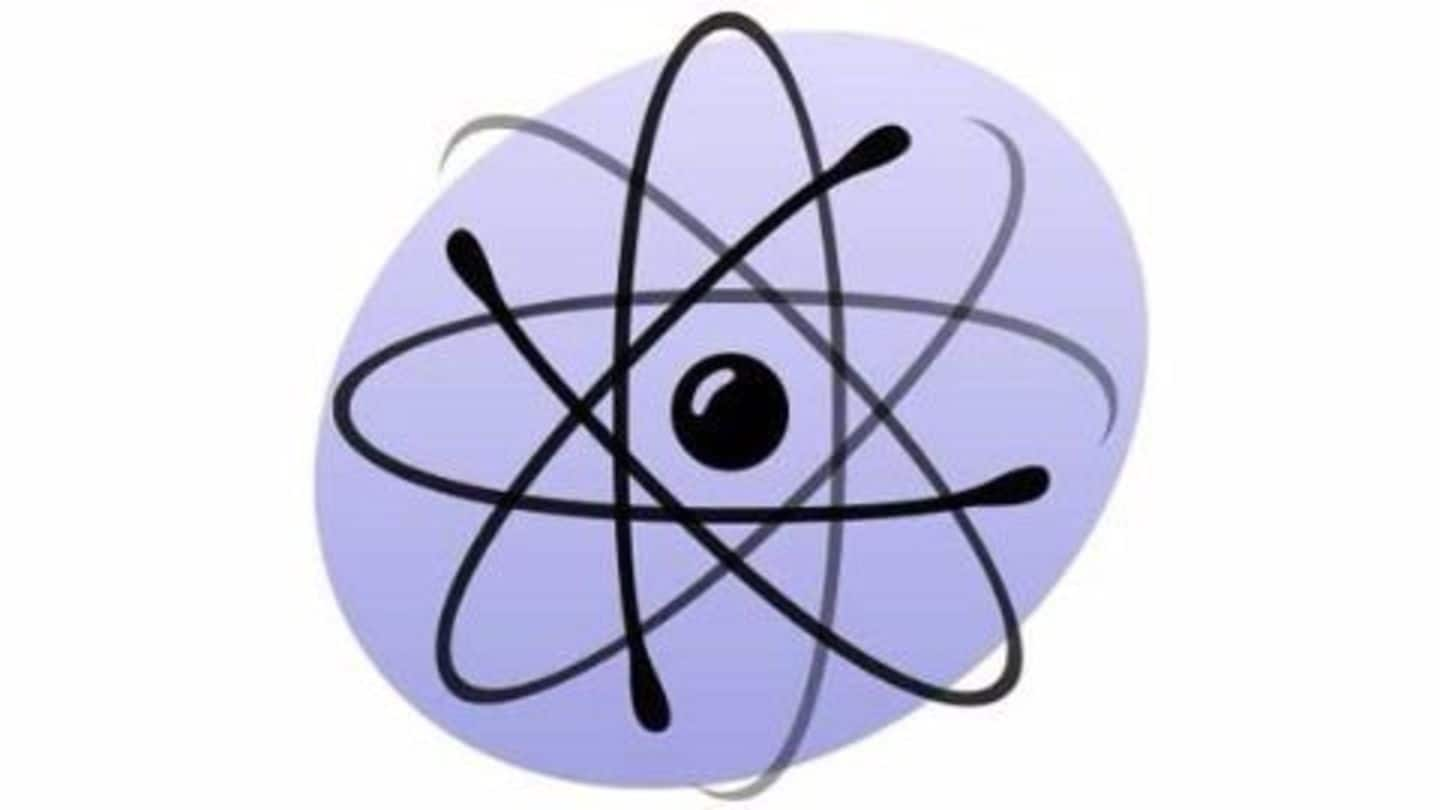
Nobel Prize for Physics announced
What's the story
The 2015 Nobel Prize for Physics was awarded "for the discovery of neutrino oscillations, which shows that neutrinos have mass".
The $960,000 prize will be divided between the two Nobel laureates, Arthur B. McDonald of Queen's University in Canada, and Takaaki Kajita of the University of Tokyo.
Their discovery became the first experimental evidence of physics beyond the Standard Model of particle physics.
Definition
What are neutrinos?
Neutrinos, which mean "small neutral ones" in Italian, are subatomic particles which barely interact with ordinary matter (which is why detection is so difficult), and are produced in tremendous quantities in nuclear reactions.
SNP
The solar neutrino problem
Astronomers had predicted, in the 1960s, the number of neutrinos produced by the sun's nuclear reactions.
They could detect only one-third of the 10 million-billion neutrinos coming from the sun causing some of them to believe that the Sun was dying.
This problem led some physicists to conjecture whether neutrinos had mass and were "oscillating" between their identities, which would explain the detection problems.
Do you know?
Types of neutrinos
Neutrinos carry no electrical charge, and thus if paired with an electrically charged partner - either electrons, or muons or tau particles, giving rise to the three types or "flavours" - the electron neutrino, muon neutrino and tau neutrino.
Kajita
Kajita's work
Takaaki Kajita, one of the leaders of the Super-Kamioka Neutrino Detection Experiment, along with his team in 1998, had reported that some of the neutrinos they had captured bouncing out of collisions with the Earth's atmosphere, were changing identities of "flavours".
This data contradicted the Standard Model of particle physics and the present understanding of the Universe, and Kajita worked to understand the implications.
Do you know?
The unreactive neutrinos
Trillions of neutrinos, which are the second-most abundant particle in the cosmos after photons, pass through the human body every second, but they almost never react with any of the body's atoms. Even the earth itself is nearly transparent to neutrinos.
McDonald
McDonald's work provides reason for neutrino undetection
Arthur McDonald, Director of the Sudbury Neutrino Observatory (SNO) in Canada, along with his team found results similar to what Kajita's team had found in 1998.
In 2001, McDonald's team announced that the neutrinos they had detected in Ontario had also mysteriously "flipped" from their expected identities.
It explained why only one-third of the neutrinos ejected from the Sun had been detected thus far.
Do you know?
Neutrinos vs Photons
Photons and neutrinos are both created in nuclear reactions in the cores of stars. While photons take 10,000- 100,000 years to reach the outer surface of the Sun from its core, neutrinos make the trip in 3.2 seconds.